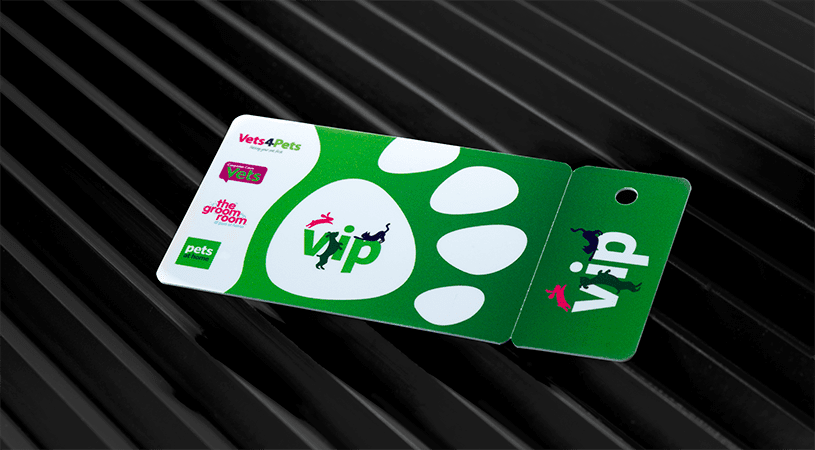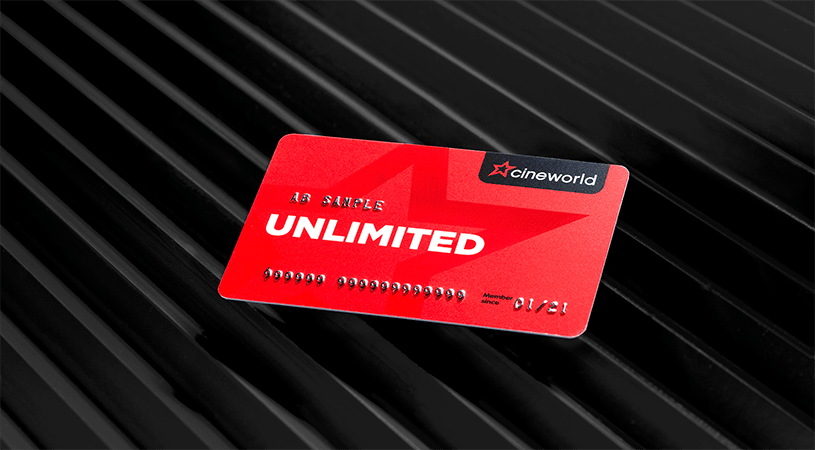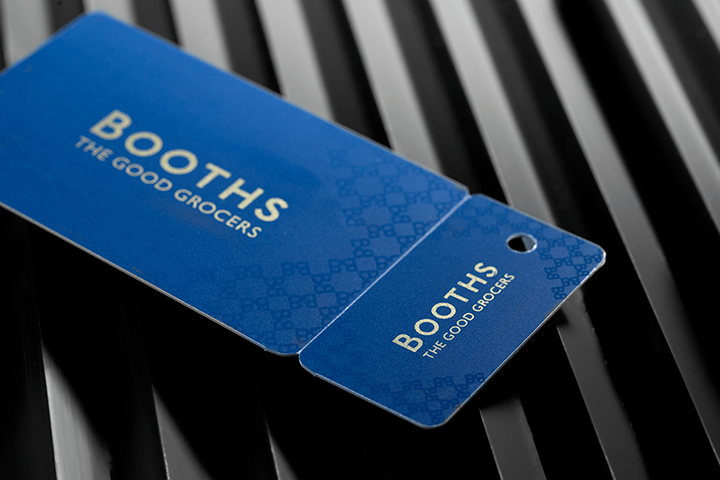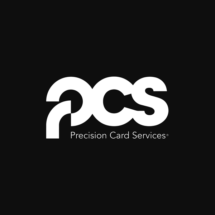Although there are so many plastic cards floating around in society it may often appear that the creation process is quite simple, this is actually far from the case and many people don’t realise the time and effort that goes into the design, styling and finally the creation of these invaluable tools.
A plastic card can say a lot about a business. A business card is designed to give off a microcosm of what the business is about and this can all be displayed through its colours, styles, text and the features that it contains. In most situations an initial meeting will result in the exchange of business cards and this is the one element that a person has to remember a business by. For this reason it’s important that any business really makes their plastic business cards their own.
How are plastic cards designed?
The design stages of a plastic card start out in a very similar way to almost any other type of branding and they involve the development and implementation of a brand logo, colour scheme and various other elements which make up brand marketing. This is an important first stage as it helps to ensure that your plastic card encompasses the type of image that you want your business to portray to new and existing clients.
Once the design stage has been completed, the card can go into the development stage and this is where a company can choose a range of features which they might want implemented onto their plastic business card. These features can include embossing, barcoding and even placing a microchip inside the card to allow it to work electronically.
What gives a plastic card strength and support?
The stability in a plastic card comes from the actual plastic itself and this can make the card far more robust and effective that its paper counterpart. Although in many situations a paper card can be cheaper, paying that little extra for a plastic card means that it’s relatively robust against the elements and will generally last longer than a paper card.




